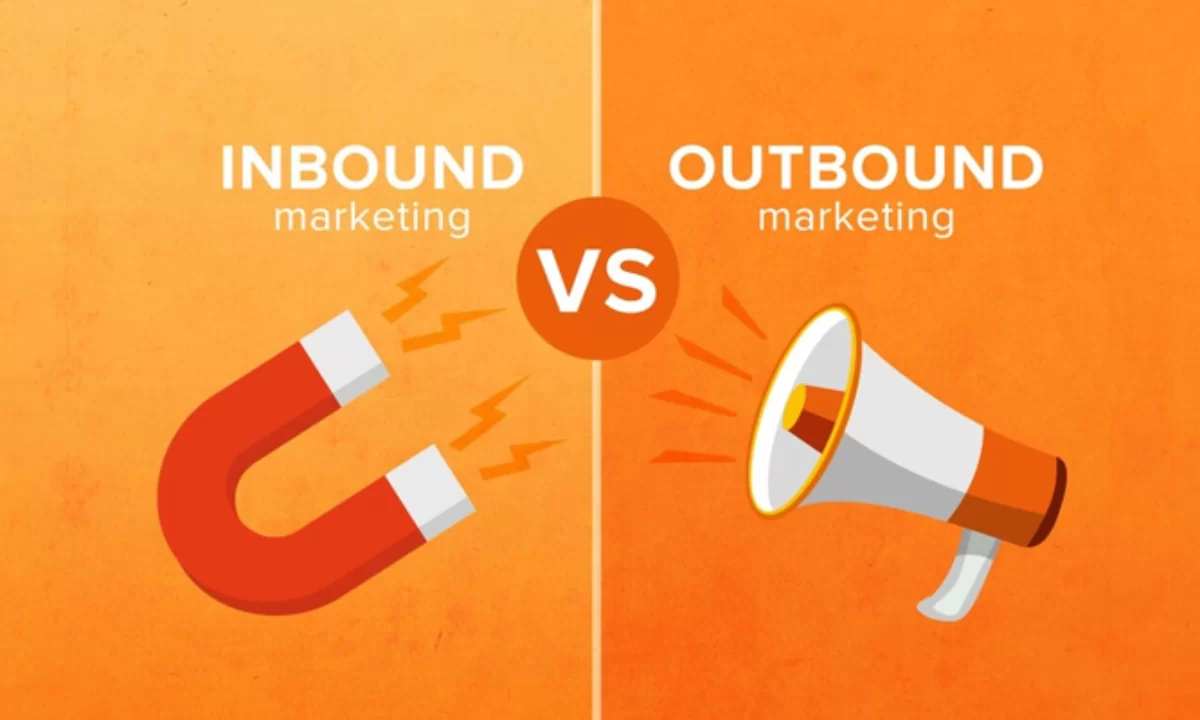What is Digital Marketing?

Digital marketing is a process of using the internet and communication technologies to advertise and sell goods, services and brands to customers. It employs the use of the internet and electronic devices as its tools for delivering information and for attracting possible customers. Digital marketing covers any technique starting from social media advertising right up to pay per click and must be used by today’s companies.
Inbound Marketing: Engaging Your Audience

Inbound marketing is a concept that targets customers with the aim of helping them make a decision to choose a particular brand for their needs instead of going to the other way round where the brands are forcing themselves on the customers. Traditional outbound marketing forms force-feed products down the customer’s throat while inbound marketing brings the customers to buy through providing solutions to problems they are already looking for.
Inbound marketing often includes:
- Creating valuable, informative content
- Engaging customers through social media
- Focusing on organic SEO strategies
This approach builds brand loyalty by offering real value to consumers.
Key Components of Inbound marketing

There are a number of approaches within the inbound marketing concept, which all serve a specific purpose of leading the customers to your brand.
Content Marketing
- Focuses on creating articles, blogs, videos, and infographics.
- Helps educate and engage customers.
- Builds brand trust and authority.
Social Media Marketing
- Engages users on platforms like Facebook, Twitter, and Instagram.
- Shares valuable information and brand updates.
- Builds community around your brand.
SEO (Search Engine Optimization)
- Ensures your content ranks well in search engine results.
- Targets keywords that potential customers search for.
- Increases organic traffic to your website.
Email Marketing
- Builds relationships with personalized content.
- Re-engages users with targeted newsletters.
- Converts leads into customers through ongoing engagement.
Outbound Marketing: Reaching Your Audience
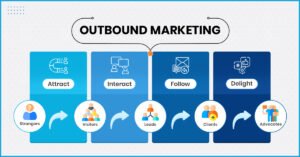
Outbound marketing is a technique where a mass and untargeted message is communicated directly to a larger group of people at times even paying for it. This is a bit more aggressive, and is usually employed to try and target prospective clients who may not necessarily be familiar with the brand.
Outbound marketing typically includes:
- Paid advertising
- Cold outreach via calls or emails
- Direct mail campaigns
Key Components of Outbound Marketing
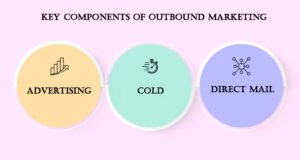
Here are some primary methods within outbound marketing:
Advertising
- Paid promotions on platforms like Google, Facebook, and TV.
- Targets broad audiences with tailored messaging.
- Quickly builds brand visibility and awareness.
Cold Calling
- Involves direct outreach to potential clients.
- Allows immediate interaction and potential conversion.
- Works well in B2B industries.
Direct Mail
- Includes sending brochures or flyers to specific addresses.
- Targets demographics based on location and income.
- Useful for local and niche marketing campaigns.
Comparing Inbound and Outbound Marketing
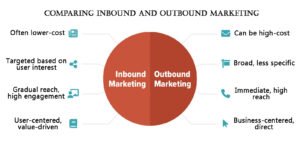
| Feature | Inbound Marketing | Outbound Marketing |
| Cost | Often lower-cost | Can be high-cost |
| Targeting | Targeted based on user interest | Broad, less specific |
| Reach | Gradual reach, high engagement | Immediate, high reach |
| Approach | User-centered, value-driven | Business-centered, direct |
Inbound marketing attracts users through interest, while outbound marketing pushes messages out to a wider audience.
Benefits of Inbound Marketing

Inbound marketing has many advantages that make it popular among modern businesses:
- Cost-Effective: Requires a smaller budget than most outbound campaigns.
- Trust-Building: By providing valuable information, brands build trust and credibility.
- Sustainable: Content continues to attract leads long after its initial publication.
Benefits of Outbound Marketing
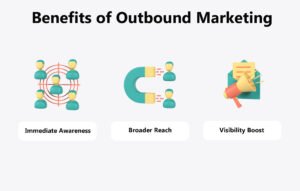
While outbound marketing can be more costly, it has several unique advantages:
- Immediate Awareness: Perfect for product launches and promotions.
- Broader Reach: Can capture a large audience quickly.
- Visibility Boost: With paid advertising, brands gain visibility in competitive spaces.
Choosing the Right Strategy for Your Business
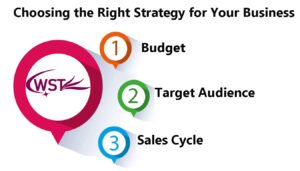
Choosing between inbound and outbound marketing depends on your goals and target audience:
- Budget: Inbound marketing often works best for smaller budgets.
- Target Audience: Outbound can work well for broader, less-targeted demographics.
- Sales Cycle: Inbound marketing is ideal for long-term engagement, while outbound is often effective for short sales cycles.
Integrating Inbound and Outbound Approaches

A balanced strategy often includes both inbound and outbound methods. For example:
- Start with an outbound campaign to generate quick visibility.
- Follow up with inbound methods like email newsletters to nurture leads.
- Track results to see which approach performs best for each segment.
Best Practices for a Balanced Marketing Strategy

Creating an integrated marketing strategy requires a few best practices:
- Know Your Audience: Understand demographics and interests.
- Use Data-Driven Insights: Analytics can inform better decisions.
- Keep Content Consistent: Align messages across all channels.
Common Mistakes in Inbound and Outbound Marketing

Avoid these common pitfalls:
- Ignoring Data: Always use analytics to measure success.
- Overusing Outbound Tactics: High frequency of ads or calls can feel intrusive.
- Neglecting Quality in Inbound Content: Low-value content leads to audience loss.
Using Analytics to Measure Success

Tracking and measuring marketing efforts helps you understand what works:
- Inbound Metrics: Track organic traffic, engagement, and lead conversions.
- Outbound Metrics: Track ad impressions, click-through rates, and ROI.
- Customer Feedback: Surveys and reviews reveal customer satisfaction and pain points.
Conclusion
Inbound and outbound marketing is something any online business wanting to be successful must familiarize themselves with. Each method has its strengths:Inbound targets building long term relationships, whilst outbound targets immediate attention. Web Solve Tech has the experience on how best to adopt both forms to meet our clients needs of growing their brand and market outreach to get the best out of their money. However, the two methods can be combined in order to attract customers throughout some stages in the buying process.

